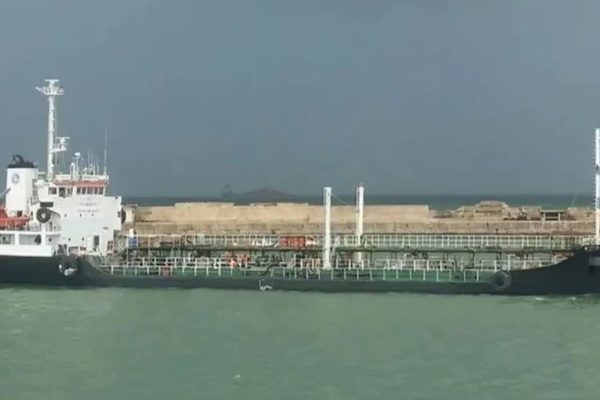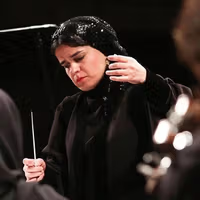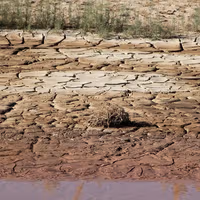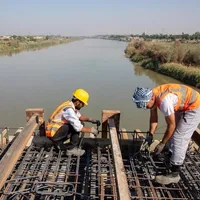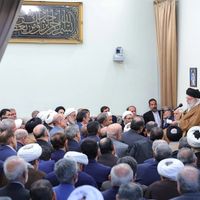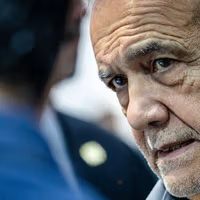Mohammad Eslami, head of the Atomic Energy Organization of Iran, said the first site struck was a plant producing fuel plates for the Tehran Research Reactor – a facility used to make radiopharmaceuticals – and that “information about this location was held only by the IAEA,” according to Iranian media.
Speaking at an international law conference in Tehran, Eslami said the facilities hit were under IAEA safeguards at the time and that agency inspectors had been scheduled to visit one of the sites on the morning of the attack.
“But when these peaceful facilities were attacked, neither the Agency nor the Security Council condemned it,” Eslami said. “By staying silent, they not only allowed the strikes to happen but also damaged the credibility of an international body.”
He added that Iran had met its obligations under the 2015 nuclear deal until the United States withdrew from the agreement, saying that the IAEA had issued quarterly and biannual reports certifying compliance.
Eslami said the attacks showed that Iran’s nuclear infrastructure – including sites related to medical-isotope production – was being targeted not because of weapons concerns but to hinder technological progress.
“The goal was not military facilities or a bomb; it was to destroy capacities that contribute to the country’s advancement,” he said.
The nuclear chief warned that Iran faces continued threats against its facilities and urged IAEA member states not to allow the agency’s mechanisms to be used for political pressure.
European states are expected to discuss a draft resolution critical of Iran at this week’s Board of Governors meeting.
Iran says around two million patients rely on domestically produced radiopharmaceuticals from the Tehran reactor.

